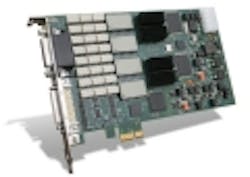Block 40 Global Hawk UAV completes envelope expansion flights
Posted by John McHale

